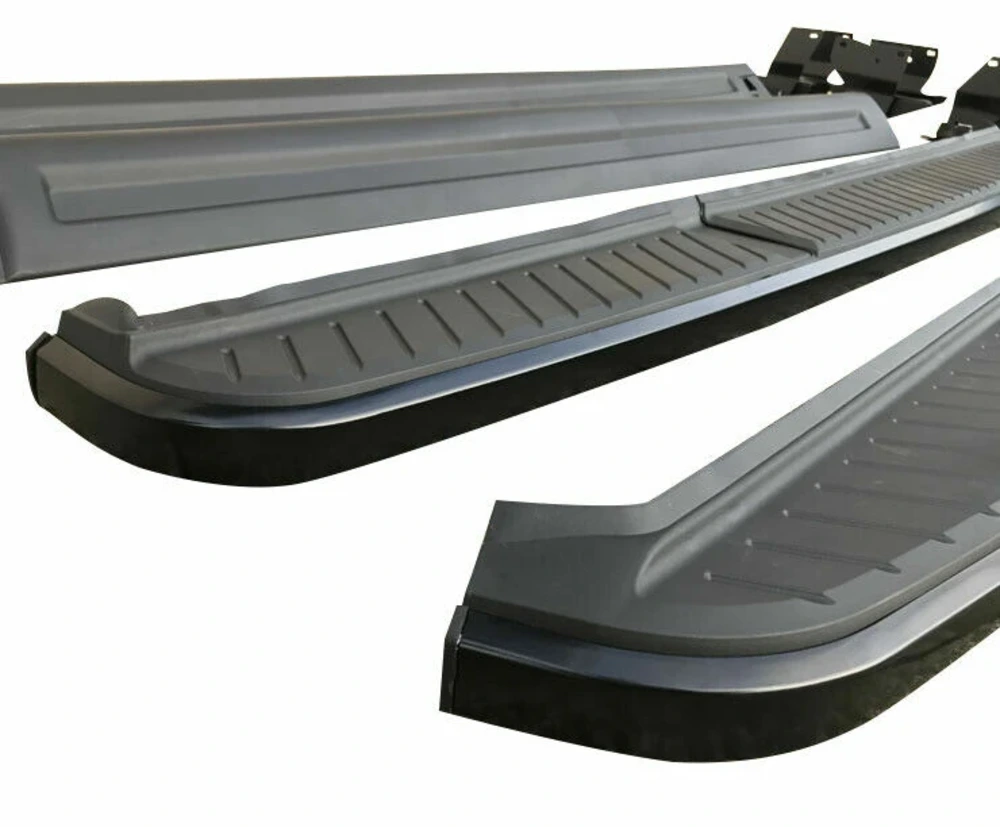Range Rover, known for its luxurious design and impressive performance, often comes equipped with advanced features to enhance the driving experience. One such feature is the deployable side steps, which automatically extend when the car door is opened and retract when the door is closed. These side steps provide easier access to the vehicle and add a touch of elegance to its appearance. However, like any other mechanical component, deployable side steps can encounter issues over time. In this article, we will explore some common Range Rover deployable side steps problems and discuss effective solutions to resolve them.
Side Steps Fail to Deploy or Retract
One of the most prevalent issues faced by Range Rover owners is the deployable side steps’ failure to extend or retract properly. There are several reasons why this problem might occur:
- Faulty Sensor: Deployable side steps are equipped with sensors that detect when a door is opened or closed. If a sensor malfunctions, it can prevent the side step from deploying or retracting as intended.
- Jammed Mechanism:Accumulated dirt, debris, or ice can obstruct the smooth movement of the side steps, causing them to get stuck in either the extended or retracted position.
- Wiring Issues: Damaged or disconnected wiring can disrupt the communication between the sensors and the side step’s control module, resulting in deployment problems.
Solution: Start by inspecting the side step area for any visible obstructions, such as dirt or ice. Clean the mechanism thoroughly and lubricate the moving parts with a suitable lubricant. If the problem persists, it is advisable to seek assistance from a qualified mechanic or the dealership to diagnose and repair any sensor or wiring-related issues.
Side Steps Make Unusual Noises
Another common complaint reported by Range Rover owners is the occurrence of strange noises when the side steps deploy or retract. These noises can range from rattling sounds to grinding or squeaking.
- Loose Fasteners: Over time, the fasteners securing the side steps to the vehicle’s chassis may become loose, leading to rattling sounds during movement.
- Worn Components: The side steps’ mechanical components, such as gears or hinges, can wear out over extended periods of use, resulting in grinding or squeaking noises.
Solution: Inspect the fasteners holding the side steps in place and tighten them if necessary. Lubricate the moving parts with a high-quality grease or lubricant designed for automotive use. If the noises persist, it might be time to replace worn-out components with genuine Range Rover parts.
Side Steps Are Not Aligned Properly
Sometimes, the deployable side steps may not align correctly with the vehicle’s body, leading to uneven deployment or an unsightly appearance.
- Damaged Bracket or Mounting Point: A bent or damaged bracket can cause the side step to sit unevenly on the vehicle’s body.
- Incorrect Adjustment: If the side steps have been previously adjusted improperly, they may not deploy or retract smoothly.
Solution: Check the brackets and mounting points for any signs of damage. Replace any damaged parts and ensure that the side steps are securely fastened to the vehicle’s body. If the side steps were previously adjusted, follow the manufacturer’s guidelines to readjust them correctly.
Side Steps Get Stuck in Extreme Temperatures:
In extremely cold temperatures, the deployable side steps may freeze, preventing them from deploying or retracting.
Solution: In cold weather conditions, it is essential to keep the side steps free from ice and snow. Gently remove any ice or snow buildup to allow smooth operation. Applying a silicone-based lubricant to the side steps before winter sets in can help prevent freezing.
Conclusion:
Range Rover deployable side steps are a fantastic addition to the vehicle, providing convenience and a touch of elegance to the driving experience. However, like any mechanical component, they are prone to encountering issues over time. By understanding the common range rover deployable side steps problems and following the recommended solutions provided in this article, Range Rover owners can effectively address and resolve these issues.
In cases where the problems persist or require technical expertise, it is always advisable to consult a certified Range Rover service centre or professional mechanic. Regular maintenance and timely inspections can significantly extend the life of the deployable side steps, ensuring that they continue to function smoothly and add to the overall driving pleasure offered by the Range Rover.






